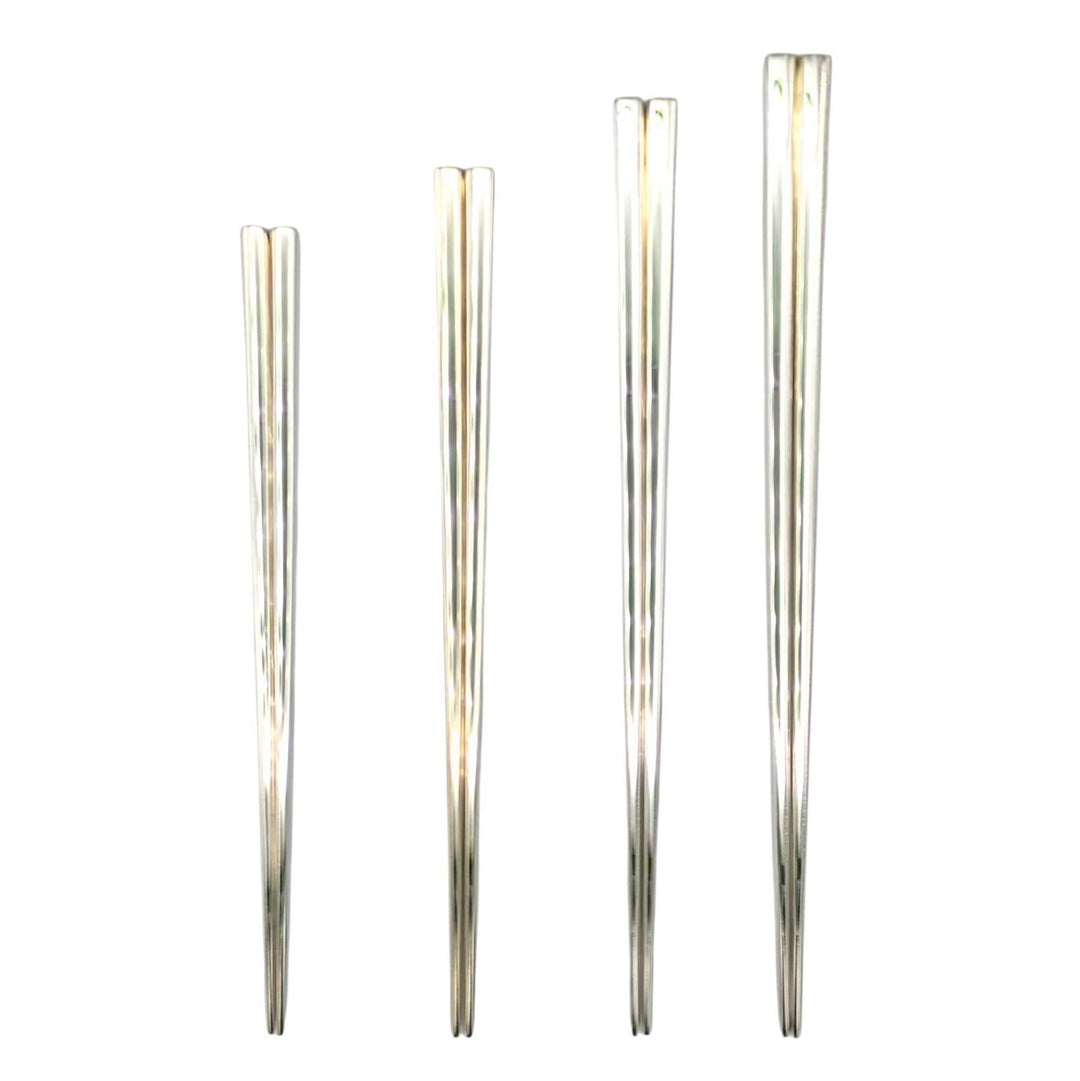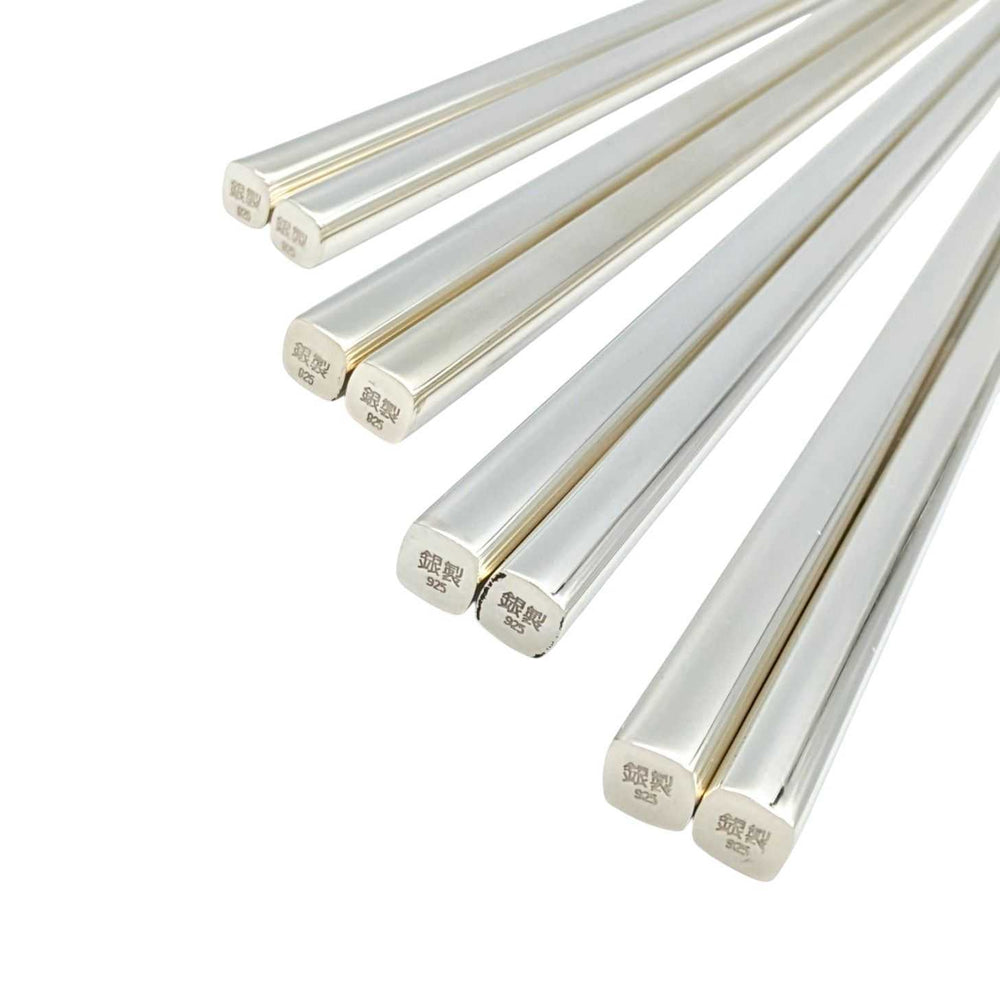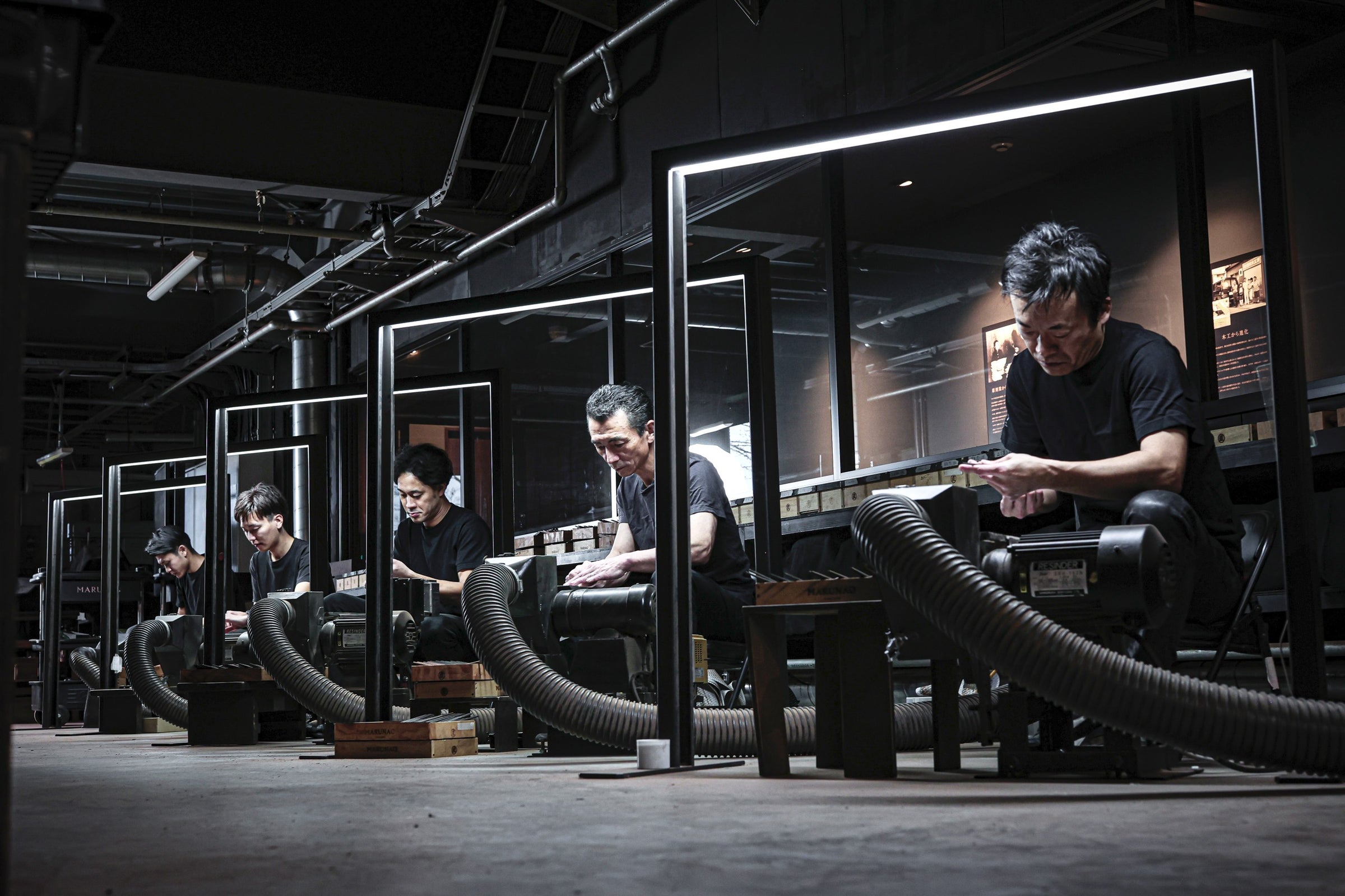Deluxe Octagonal Chopsticks
These chopsticks are designed for ease of use, allowing each finger to press firmly on the flat surfaces. The fine tips make it easy to pick up even small pieces of meat between bones. The back end is slightly tapered, creating a rounded shape that fits comfortably in the hand. The balanced weight feels light when gripping food, enhancing their elegant appearance.
About the Artisan: Takahiro Fukuda
Based in Sanjo, Niigata Prefecture, Takahiro Fukuda's workshop has over 70 years of experience in woodworking. Although the production of chopsticks began only in recent years, the craftsmanship and design are of the highest caliber, resulting in truly exceptional pieces.
Fukuda’s deep understanding of wood—its characteristics, quirks, and strengths—is evident in every product he creates. Among his masterpieces is the meticulously polished, lacquer-free, sixteen-sided chopsticks, a pair highly praised by connoisseurs and shop owners alike.
About the Material - Ebony
Striped ebony, known for its striking black and brown patterns, is the most common type of ebony. It is highly durable and has excellent preservation qualities, developing a unique luster with polishing. Once considered an ideal material for beginner premium chopsticks, striped ebony has become increasingly rare. Its hardness makes it particularly suitable for tapered or square-tip designs, making it a practical and superior material for chopsticks. It is widely regarded as one of the finest materials for high-quality wooden chopsticks.
About the Material - Rosewood
Rosewood is one of the most popular materials for women's chopsticks. Its glossy, reddish-brown grain ranges from purplish-brown to deep purple hues, often featuring stripes of red-brown, dark purple, or black. As one of the "three great tropical hardwoods," rosewood has been highly valued for its beautiful grain, vibrant color, and exceptional durability, making it a treasured material for fine crafts throughout history.
Particularly, "genuine rosewood" and "redwood rosewood" are considered premium types, gradually developing a refined, dark purplish-brown color over time. These are regarded as ultra-luxury materials but have become almost impossible to obtain in recent years. As a result, African wood such as pao rosa is often used as a substitute for rosewood in modern products.











